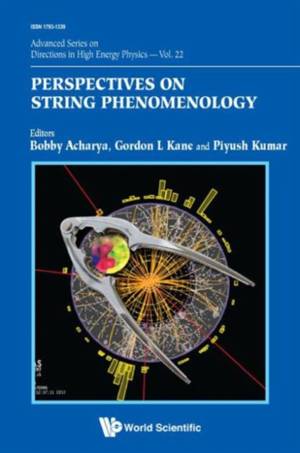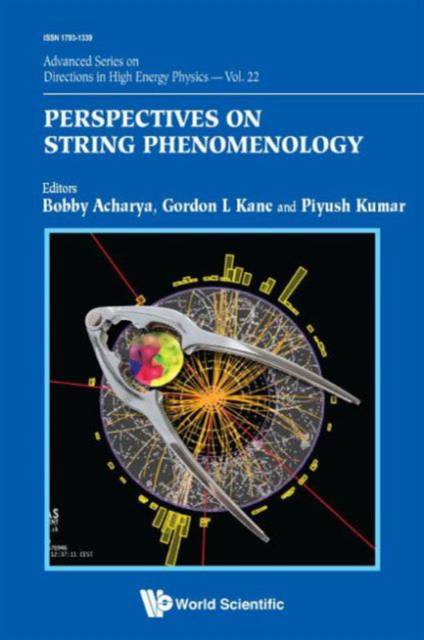
- Afhalen na 1 uur in een winkel met voorraad
- Gratis thuislevering in België vanaf € 30
- Ruim aanbod met 7 miljoen producten
- Afhalen na 1 uur in een winkel met voorraad
- Gratis thuislevering in België vanaf € 30
- Ruim aanbod met 7 miljoen producten
Zoeken
Perspectives on String Phenomenology
€ 247,45
+ 494 punten
Omschrijving
The remarkable recent discovery of the Higgs boson at the CERN Large Hadron Collider completed the Standard Model of particle physics and has paved the way for understanding the physics which may lie beyond it. String/M theory has emerged as a broad framework for describing a plethora of diverse physical systems, which includes condensed matter systems, gravitational systems as well as elementary particle physics interactions. If string/M theory is to be considered as a candidate theory of Nature, it must contain an effectively four-dimensional universe among its solutions that is indistinguishable from our own. In these solutions, the extra dimensions of string/M theory are "compactified" on tiny scales which are often comparable to the Planck length. String phenomenology is the branch of string/M theory that studies such solutions, relates their properties to data, and aims to answer many of the outstanding questions of particle physics beyond the Standard Model.This book contains perspectives on string phenomenology from some of the leading experts in the field. Contributions will range from pedagogical general overviews and perspectives to more technical reviews. We hope that the reader will get a sense of the significant progress that has been made in the field in recent years (e.g. in the topic of moduli stabilization) as well as the topics currently being researched, outstanding problems and some perspectives for the future.
Specificaties
Betrokkenen
- Uitgeverij:
Inhoud
- Aantal bladzijden:
- 448
- Taal:
- Engels
- Reeks:
- Reeksnummer:
- nr. 22
Eigenschappen
- Productcode (EAN):
- 9789814602662
- Verschijningsdatum:
- 24/02/2015
- Uitvoering:
- Hardcover
- Formaat:
- Genaaid
- Afmetingen:
- 171 mm x 232 mm
- Gewicht:
- 766 g

Alleen bij Standaard Boekhandel
+ 494 punten op je klantenkaart van Standaard Boekhandel
Beoordelingen
We publiceren alleen reviews die voldoen aan de voorwaarden voor reviews. Bekijk onze voorwaarden voor reviews.










